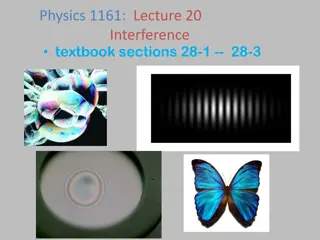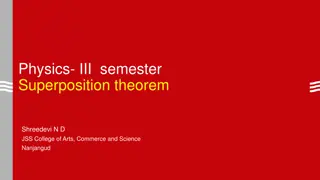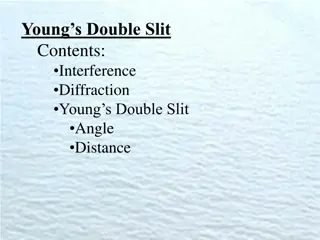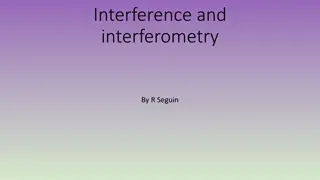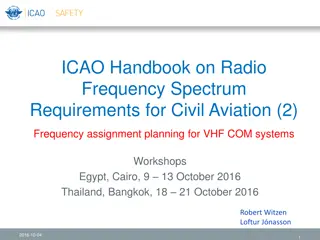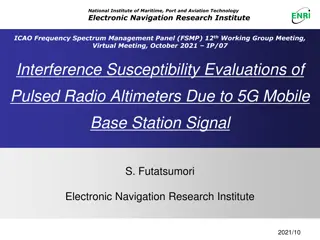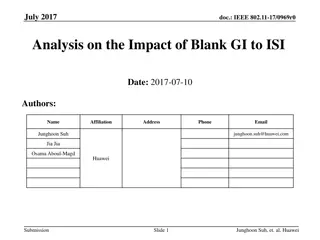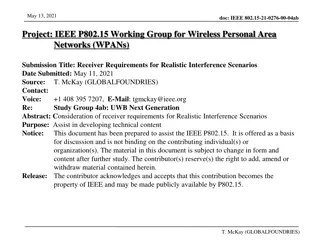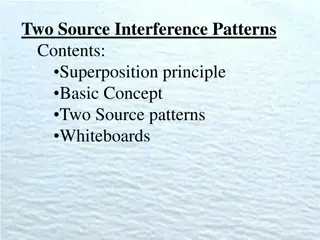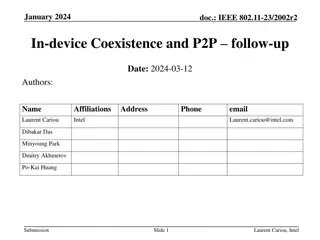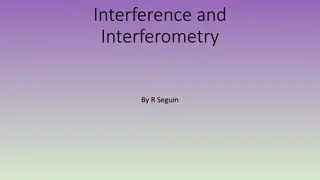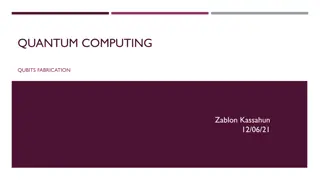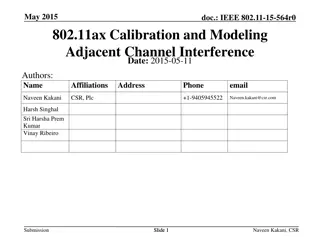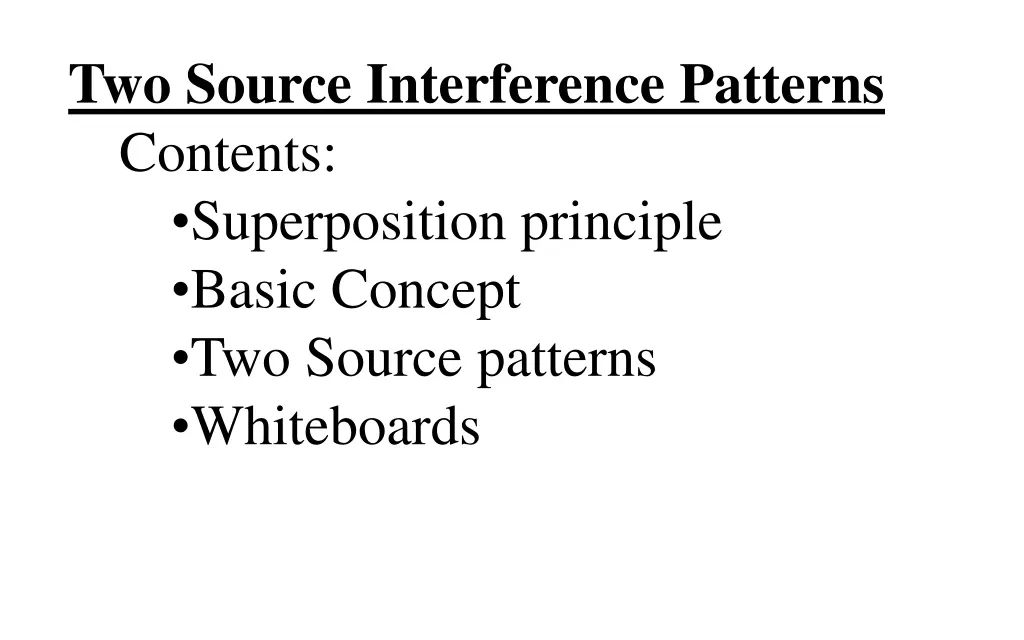
Understanding Two Source Interference Patterns
Explore the superposition principle, constructive and destructive interference in two-source interference patterns. Learn how waves combine, creating various interference effects like crest meets crest for constructive interference and crest meets trough for destructive interference.
Download Presentation

Please find below an Image/Link to download the presentation.
The content on the website is provided AS IS for your information and personal use only. It may not be sold, licensed, or shared on other websites without obtaining consent from the author. If you encounter any issues during the download, it is possible that the publisher has removed the file from their server.
You are allowed to download the files provided on this website for personal or commercial use, subject to the condition that they are used lawfully. All files are the property of their respective owners.
The content on the website is provided AS IS for your information and personal use only. It may not be sold, licensed, or shared on other websites without obtaining consent from the author.
E N D
Presentation Transcript
Two Source Interference Patterns Contents: Superposition principle Basic Concept Two Source patterns Whiteboards
Principle of superposition Overlapping waves add together Examples: People talking at the same time Shining a flashlight across the room Ripples on a pond overlapping:
Principle of superposition Overlapping waves add together Destructive interference Constructive interference superposition demonstration
Interference: Superposition - Overlapping waves add. Constructive interference = crest meets crest Destructive interference = crest meets trough Destructive Constructive
A B If the difference in distance from the sources is an integer number of wavelengths, you get constructive interference
A B If the difference in distance from the sources is an integer number of wavelengths, you get constructive interference
A B If the difference in distance from the sources is an integer number of wavelengths, you get constructive interference Difference is: 0 , 1 , 2 , 3
A B If the difference in distance from the sources has a remainder of a half wavelength, you get destructive interference:
A B If the difference in distance from the sources has a remainder of a half wavelength, you get destructive interference:
A B If the difference in distance from the sources has a remainder of a half wavelength, you get destructive interference: Difference .5 , 1.5 , 2.5 , 3.5
Basic Concept Two Source Pattern Constructive: Crest meets crest Trough meets trough Destructive: Crest meets trough Demo speakers Demo Laser Slits PHET
Youngs Double Slit Experiment Monochromatic, coherent light Light spreads out from slits Screen has sum of two sources Interference pattern on screen PHET
Interference Sources L1 L2 When the difference in distance (L1- L2) is an integer number of wavelengths (0, 1, 2, 3 ) = Constructive remainder of a half (1/2, 1 1/2, 2 1/2, ) = Destructive
To figure out two source problems: 1. Calculate the 2. Find the difference in distance 3. Find out how many it is 4. Decide: __.0 = constructive __.5 = destructive __.1 = mostly constructive __.25 = ???
In air where the speed of sound is 350 m/s, two loudspeakers produce a frequency of 700. Hz. a) what is the wavelength of the sound? b) if we are 3.21 m from the left speaker, and 1.22 m from the right speaker, is it loud or soft? c) if we are 4.65 m from the left, and 5.40 m from the right, is it loud or soft? 3.98 loud, 1.50 - soft
Whiteboards 1 | 2 | 3 | 4 | 5 | 6 | 7
Two speakers 3.0 m apart are making sound with a wavelength of 48.0 cm. A. What is the frequency of this sound if v = 343 m/s? 715 Hz
Two speakers 3.0 m apart are making sound with a wavelength of 48.0 cm. B. If I am 2.12 m from one speaker, and 3.80 m from the other, is it loud, or quiet, and how many wavelengths difference in distance is there? 3.5 wavelengths, destructive
Two speakers 3.0 m apart are making sound with a wavelength of 48.0 cm. C. If I am 5.17 m from one speaker, and 8.05 m from the other, is it loud, or quiet, and how many wavelengths difference in distance is there? 6.0 wavelengths, constructive


